Lawn re-boot help
Jon
8 years ago
Related Stories

GARDENING GUIDES8 Unthirsty Plants Help You Save Water in Style
Spend less effort and money on your landscape with drought-tolerant and native plants that liven up your yard
Full Story
ORGANIZINGDo It for the Kids! A Few Routines Help a Home Run More Smoothly
Not a Naturally Organized person? These tips can help you tackle the onslaught of papers, meals, laundry — and even help you find your keys
Full Story
MOST POPULAR9 Real Ways You Can Help After a House Fire
Suggestions from someone who lost her home to fire — and experienced the staggering generosity of community
Full Story
ARCHITECTUREHouse-Hunting Help: If You Could Pick Your Home Style ...
Love an open layout? Steer clear of Victorians. Hate stairs? Sidle up to a ranch. Whatever home you're looking for, this guide can help
Full Story
GARDENING AND LANDSCAPINGBe a Citizen Scientist to Help Wildlife, Learn and Have Fun Too
Track butterflies, study birds, capture stars ... when you aid monitoring efforts, you’re lending Mother Nature a hand
Full Story
FRONT YARD IDEASBefore and After: Front Lawn to Prairie Garden
How they did it: Homeowners create a plan, stick to it and keep the neighbors (and wildlife) in mind
Full Story
SAVING WATERHouzz Call: Are You Letting Go of Your Lawn?
Many facing a drought are swapping turf for less thirsty plantings. If you’re one of them, we’d like to hear about it
Full Story
GARDENING GUIDESHow to Plant a New Lawn From Sod
Take the quick-start route to turf with sod; these installation guidelines will help ensure a healthy and long-lasting lawn
Full Story
EARTH DAYThe Case for Losing the Traditional Lawn
Work less, help the environment and foster connections by just saying no to typical turf
Full Story
LANDSCAPE DESIGNHow to Help Your Home Fit Into the Landscape
Use color, texture and shape to create a smooth transition from home to garden
Full Story


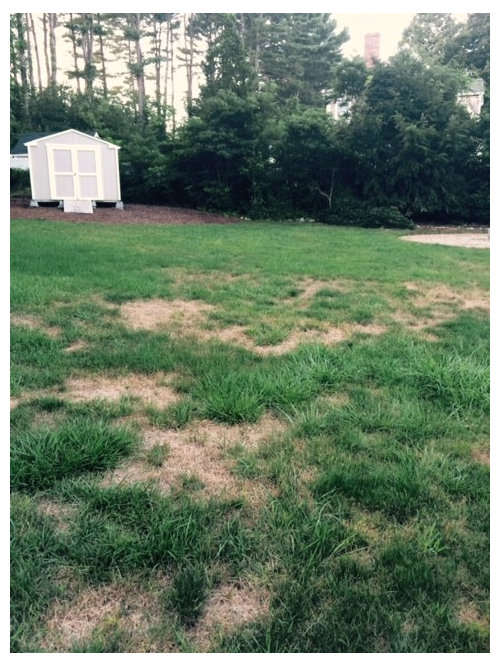
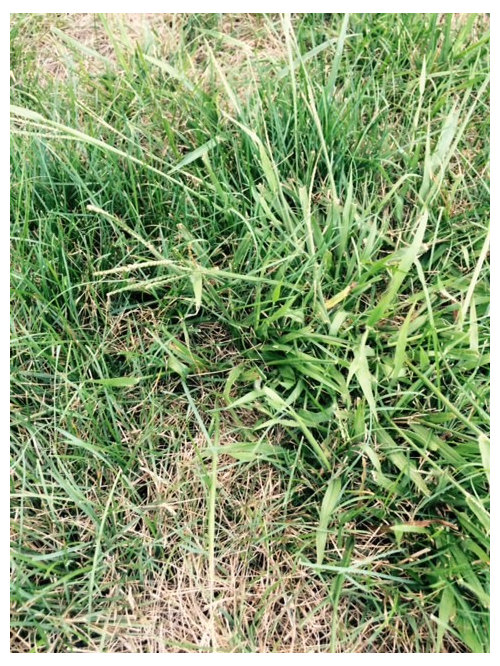
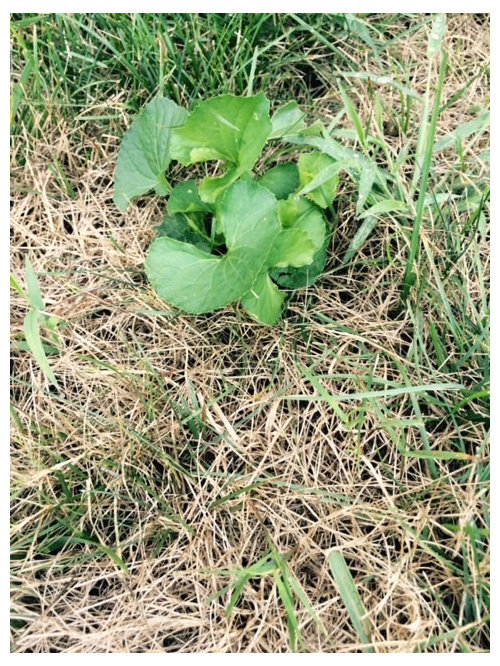
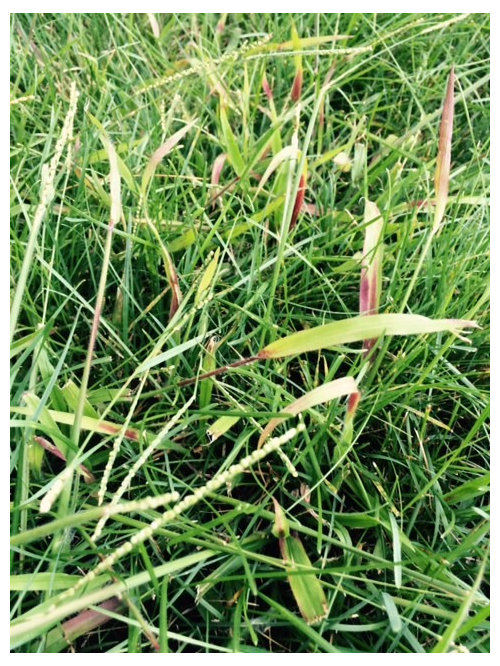

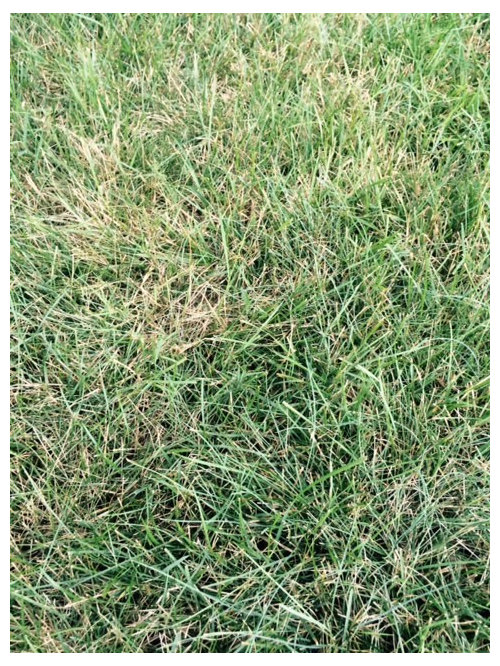


User
JonOriginal Author
Related Discussions
Re-grade and re-sod lawn
Q
Newbie lawn re-do
Q
Need help to re-seed my lawn, already died TWICE!
Q
After such a harsh winter what/when next re my lawn??? HELP!
Q
beckyinrichmond
JonOriginal Author
beckyinrichmond
JonOriginal Author
danielj_2009
beckyinrichmond
JonOriginal Author
beckyinrichmond
JonOriginal Author
beckyinrichmond
JonOriginal Author
User
JonOriginal Author
User
beckyinrichmond
beckyinrichmond
beckyinrichmond
JonOriginal Author
User
JonOriginal Author
beckyinrichmond
beckyinrichmond
JonOriginal Author
JonOriginal Author
User
JonOriginal Author
JonOriginal Author
User
JonOriginal Author
User
JonOriginal Author
User
JonOriginal Author
User
JonOriginal Author
User
Gerald Southard
User
Gerald Southard
beckyinrichmond